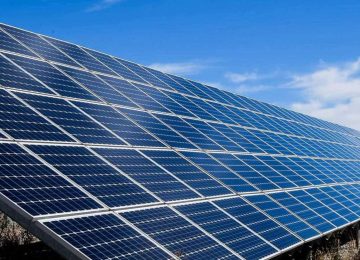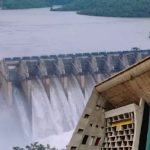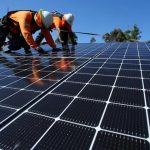The Indian government is formulating a new scheme to significantly boost small hydropower (SHP) projects to double the installed capacity to 10 GW within the next decade.
Under the proposed plan, developers of small hydropower projects may receive up to 30% of their project costs as central assistance.
The new initiative will provide a fillip to the untapped small hydropower projects, which had taken a backseat amidst a
policy gap.
It is designed to encourage both lenders and local authorities to participate in the development of SHP projects.
Currently, India’s installed small hydropower capacity stands at approximately 5 GW.
The small hydropower projects leverage:
Beyond the benefits of clean energy, small hydro projects typically require less land, have lower environmental impact, and contribute to local job creation and irrigation.
They often utilize canals or run-of-river systems, avoiding the need for large reservoirs, which makes them more eco-friendly. The typical project cost for small hydro is estimated at Rs 10-12 crore per MW.
According to assessments by leading institutions, the absence of a dedicated subsidy scheme for mini hydropower projects raises questions about the pace at which this clean energy source can be harnessed.
In 2016, the Indian Institute of Technology (IIT), Roorkee, conducted a comprehensive assessment of India’s small hydropower potential (projects up to 25 MW).
Their findings revealed an impressive estimated potential of 21,133 MW across 7,133 potential sites. The assessment encompassed run-of-river, canal-based, and dam-toe projects, highlighting the diverse opportunities for small hydro development across the country.
Our take:
Despite the significant potential identified for small hydro, a notable gap exists in the current policy landscape. As of now, there is no specific small hydropower project scheme in place to provide subsidies to individuals or entities looking to set up mini hydropower projects.
The abundance of assessed potential and the existence of technical guidelines suggest a strong foundation for boosting small hydropower in India.
However, the lack of a dedicated subsidy scheme could pose a challenge in fully leveraging this valuable clean energy resource, which offers numerous benefits including decentralized power generation, reduced transmission losses, and minimal environmental impact.
While central financial assistance (CFA) is available for solar power projects under various schemes, a similar dedicated support mechanism for small hydro appears to be absent, potentially hindering its accelerated development.












